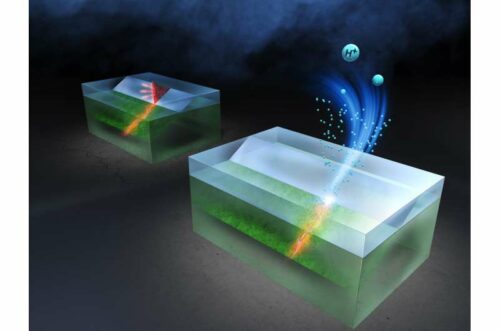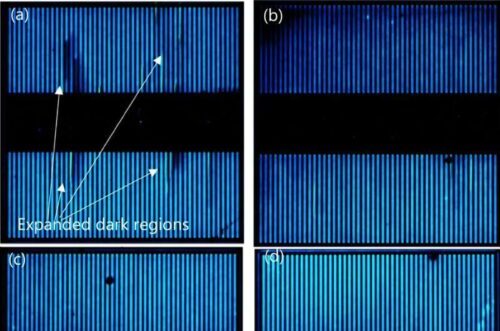Researchers solve degradation problems-“single Shockley stacking faults”-in silicon devices by injecting protons into the substrate.

Silicon Carbide(SiC) is a promising alternative to silicon for power electronics devices, but it has low reliability as it eventually degrades. It offers benefits such as a high power density and reduced power losses at high frequencies even at high voltages. But the problem with SiC is bipolar degradation. This means that over a period of time, small dislocations take place in the crystal structure which eventually turn into large defects.
These defects are called “single Shockley stacking faults,” which result in progressive degradation of performance and cause the device to fail. Although some methods to mitigate this problem exist, they make the device fabrication process more expensive.
Researchers from the Nagoya Institute of Technology, have developed a solution called “proton implantation” which prevents bipolar degradation in 4H-SiC—a SiC type with superior physical properties—semiconductor wafers when applied prior to the device fabrication process.
Proton implantation involves “injecting” hydrogen ions into the substrate using a particle accelerator. The idea is to prevent the formation of single Shockley stacking faults by pinning down partial dislocations in the crystal, one of the effects of introducing proton impurities. However, proton implantation itself can damage the 4H-SiC substrate, due to which high-temperature annealing is used as an additional processing step to repair this damage.
They then analyzed the current–voltage characteristics of these diodes and compared them to those of a regular diode without proton implantation. Finally, they captured electroluminescence images of the diodes to check whether stacking faults had formed or not.

Results showed that the diodes that had undergone proton implantation performed as well as regular ones but without signs of bipolar degradation. The deterioration of the current–voltage characteristics of the diodes caused by proton implantation at lower doses were not significant. However, the suppression of the expansion of single Shockley stacking faults was significant.
Researchers hope that this work will help in development of more reliable and cost-effective SiC devices that can reduce power consumption in trains and vehicles.
References : Masashi Kato et al, Suppression of stacking-fault expansion in 4H-SiC PiN diodes using proton implantation to solve bipolar degradation, Scientific Reports (2022). DOI: 10.1038/s41598-022-23691-y








